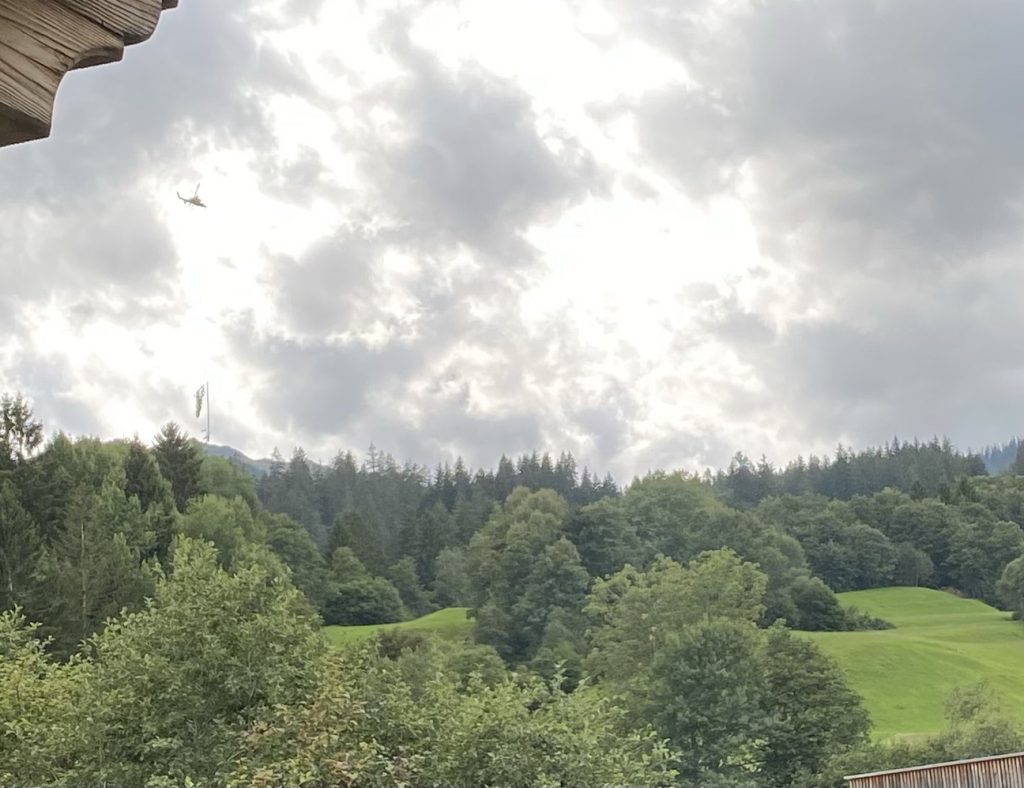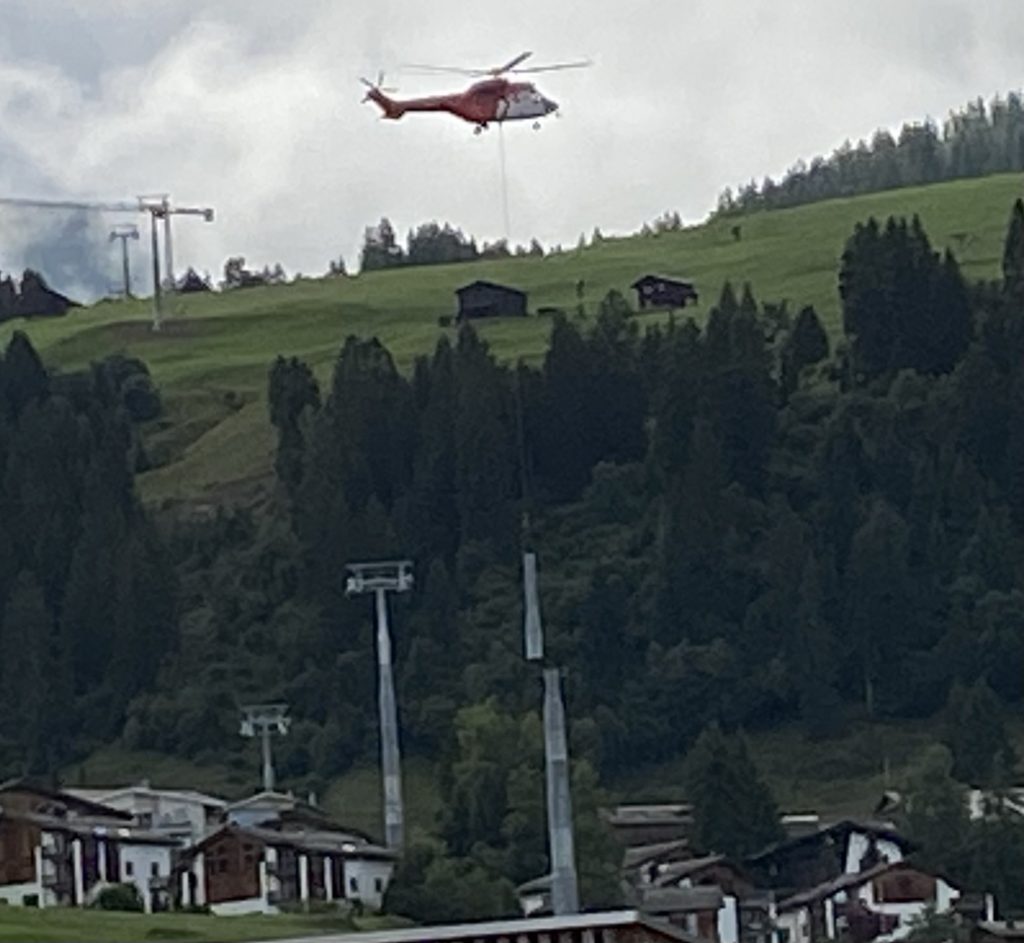Since 2018 we have evidence of the progression of desertification into some Member States of the European Union. The mediterranean countries are concerned as well as regions of Bulgaria and Romania near the Black Sea. There are multiple sources of desertification. The 3 main reasons of desertification are soil erosion, loss of soil fertility and loss of natural and desirable vegetation besides wind or water erosion and salinization. We also know that man-made climate change is at the root of the past and recent problems. The statistical indicators of land degradation are collected by the European Joint Research Centre and these data show a dismal picture of land degradation in general and desertification as part of this process. A study by Ilea et al. published in Nature 2024 projects an intensification of extreme weather in the coming years. Higher temperatures will most likely enhance desertification and more frequent flooding will contribute to more soil erosion as well. It is a rather strange process that we know we are creating severe problems for some regions which endanger the roots of their existence and yet we do not act upon those undeniable facts (United Nations SDGs list). The amount and dynamics of land deterioration put the global South under severe pressure, but also the wealthy parts of the Mediterranean basin will be affected. It about time to acknowledge that we are all part of the global changes and challenges. (Image palm tree in Paris, Jardin du Luxembourg, 2024)






